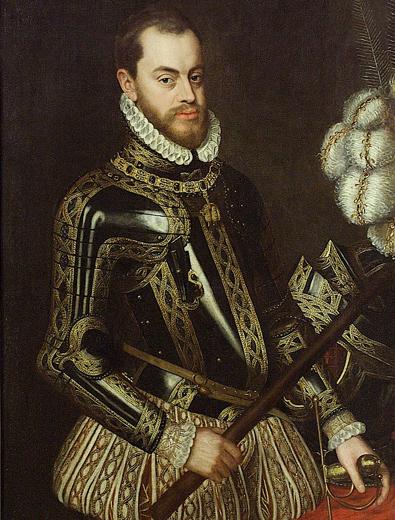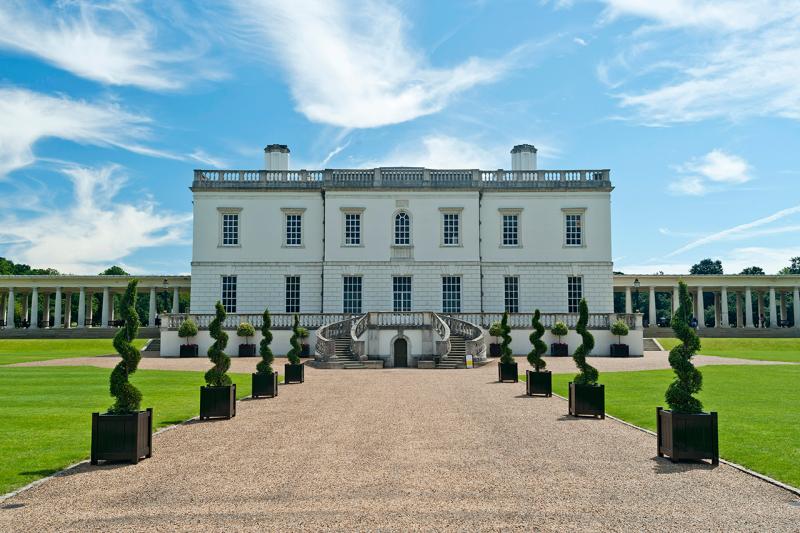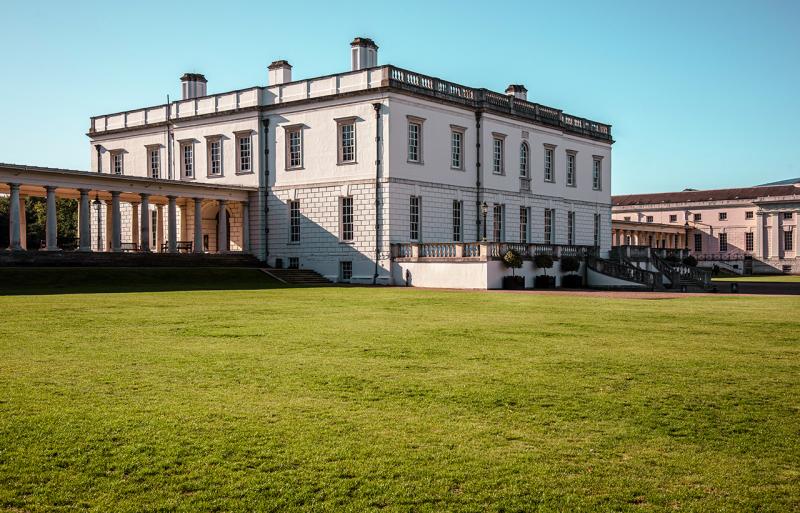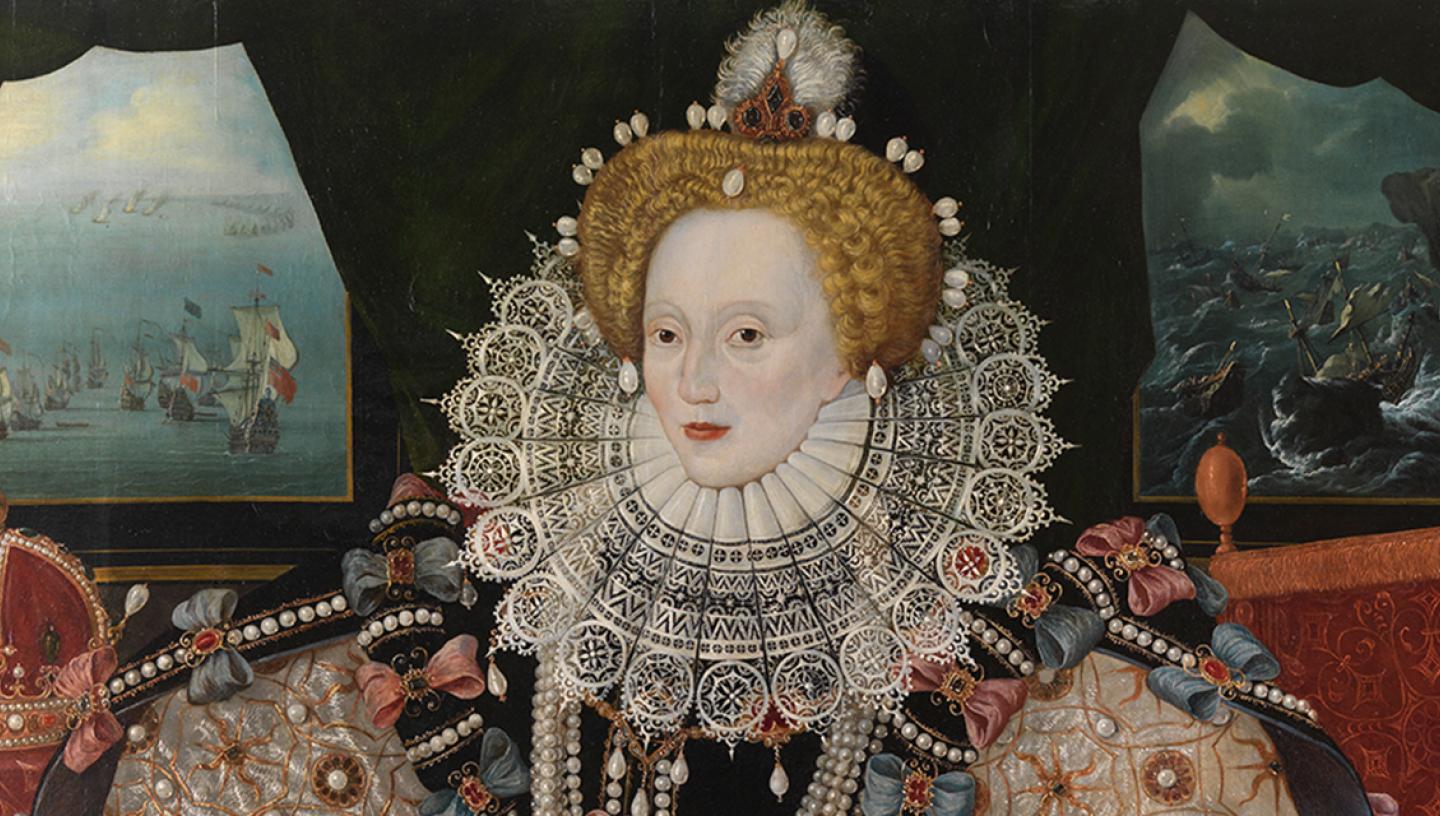
Queen Elizabeth I used her power over language to frame the narrative of the Spanish Armada.
The speech she is supposed to have delivered to her troops on 9 August 1588 has become one of the defining moments in British history.
When was the Tilbury Speech made?
Fear of invasion by Spain remained high in England, especially with the action of the Spanish Armada taking place so close to England's shores. As a result, the ageing Robert Dudley was put in charge of the land army at Tilbury, on the Thames, to the east of London in Essex.
Dudley arranged for Queen Elizabeth to visit Tilbury to announce his appointment and rally the troops on 9 August 1588. The queen's reported words during that visit has gone down in history. Read it in full below.
Find out more about the Spanish Armada
Elizabeth I's Tilbury speech in full
My loving people,
We have been persuaded by some that are careful of our safety to take heed how we commit ourselves to armed multitudes, for fear of treachery. But I assure you, I do not desire to live to distrust my faithful and loving people.
Let tyrants fear. I have always so behaved myself that, under God, I have placed my chiefest strength and safeguard in the loyal hearts and good-will of my subjects; and therefore I am come amongst you, as you see, at this time, not for my recreation and disport, but being resolved, in the midst and heat of the battle, to live and die amongst you all; to lay down for my God, and for my kingdom, and my people, my honour and my blood, even in the dust.
I know I have the body of a weak and feeble woman; but I have the heart and stomach of a king, and of a king of England too, and think foul scorn that Parma or Spain, or any prince of Europe, should dare to invade the borders of my realm: to which rather than any dishonour shall grow by me, I myself will take up arms, I myself will be your general, judge, and rewarder of every one of your virtues in the field.
I know already, for your forwardness you have deserved rewards and crowns; and We do assure you on a word of a prince, they shall be duly paid. In the mean time, my lieutenant general shall be in my stead, than whom never prince commanded a more noble or worthy subject; not doubting but by your obedience to my general, by your concord in the camp, and your valour in the field, we shall shortly have a famous victory over these enemies of my God, of my kingdom, and of my people.
Celebrating success
The defeat of the Spanish Armada brought fame, both for England and Queen Elizabeth I. Europe was stunned that such a small island nation had successfully defended itself against such a major aggressor.
While the war with Spain would continue until 1604, the outcome was no longer taken for granted and foreign diplomats began to court England as a possible ally. Elizabeth's popularity soared. The impact of the victory for the nation's self-confidence cannot be overestimated.
England’s success was celebrated in all manners of ways. Songs were written, medals struck, portraits painted and prints published. All lauded Elizabeth as a saviour who stood firm to protect her nation, shared the glory of the success with the English navy and gave thanks for divine intervention: 'God breathed and they were scattered'.
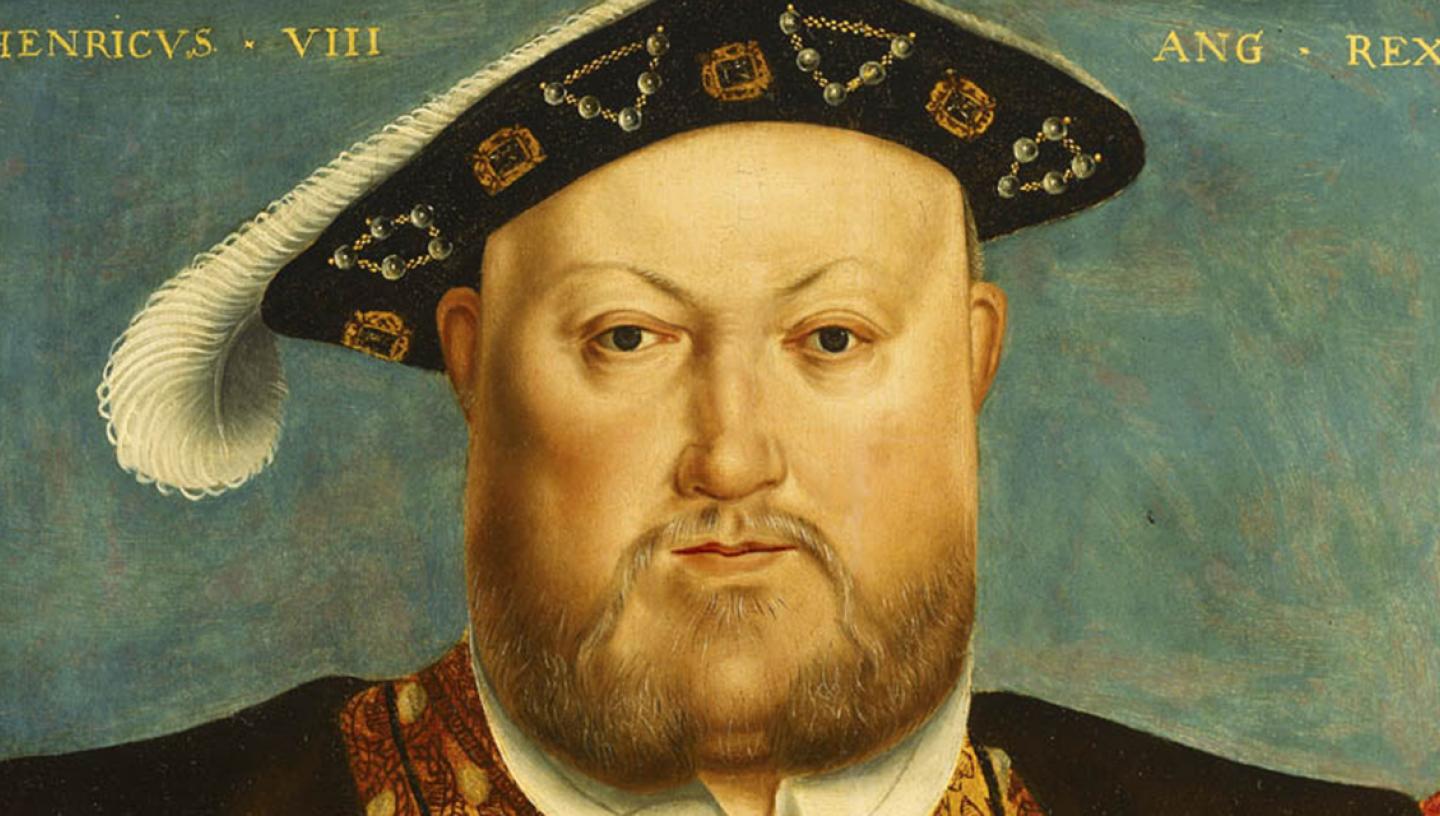
Tudors to Windsors: British Royal Portraits
Elizabeth I quotes
- ‘We princes are set as it were upon stages in the sight and view of the world.’
- ‘I have no desire to make windows into men’s souls.’
- ‘It would please me best if, at the last, a marble stone shall record that this Queen having lived such and such a time, lived and died a virgin.’
- ‘It is not my desire to live or reign longer than my life and reign shall be for your good. And though you have had, and may have, many mightier and wiser princes sitting in this seat, yet you never had, nor shall have, any that will love you better.
The Armada Portrait of Elizabeth I
The most famous visual expression of the Spanish Armada is The Armada Portrait of Elizabeth I (c. 1588). Although there are several versions of the painting, each one shows Elizabeth flanked by scenes of the defining acts that thwarted Spain’s invasion. On the left of the painting is England’s fleet watching the attack of their fireships, and on the right the Armada is being wrecked in storms on the coasts of Scotland and Ireland. In the centre is Elizabeth in all her glory, with her hand hovering over America on a globe. She is portrayed as living embodiment of England’s triumph and its imperial ambition.

See the Armada Portrait of Queen Elizabeth I
Using our collections for research
The collections at Royal Museums Greenwich offer a world-class resource for researching maritime history, astronomy and time.
